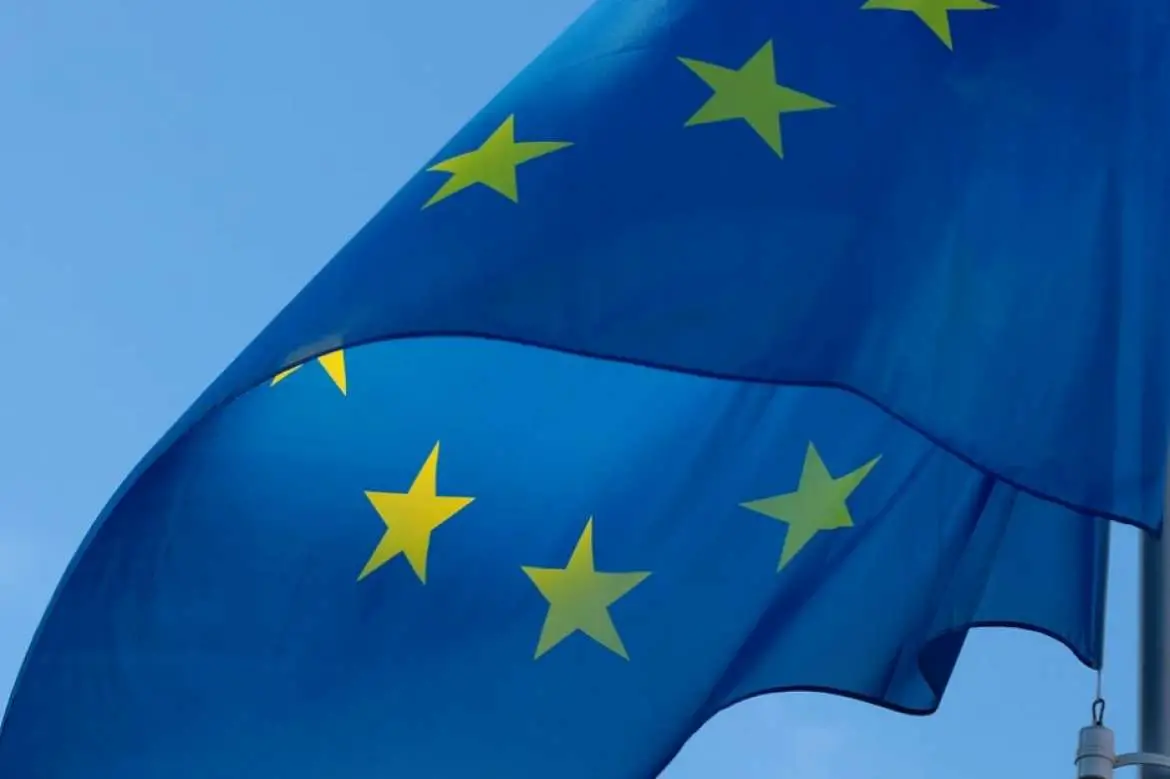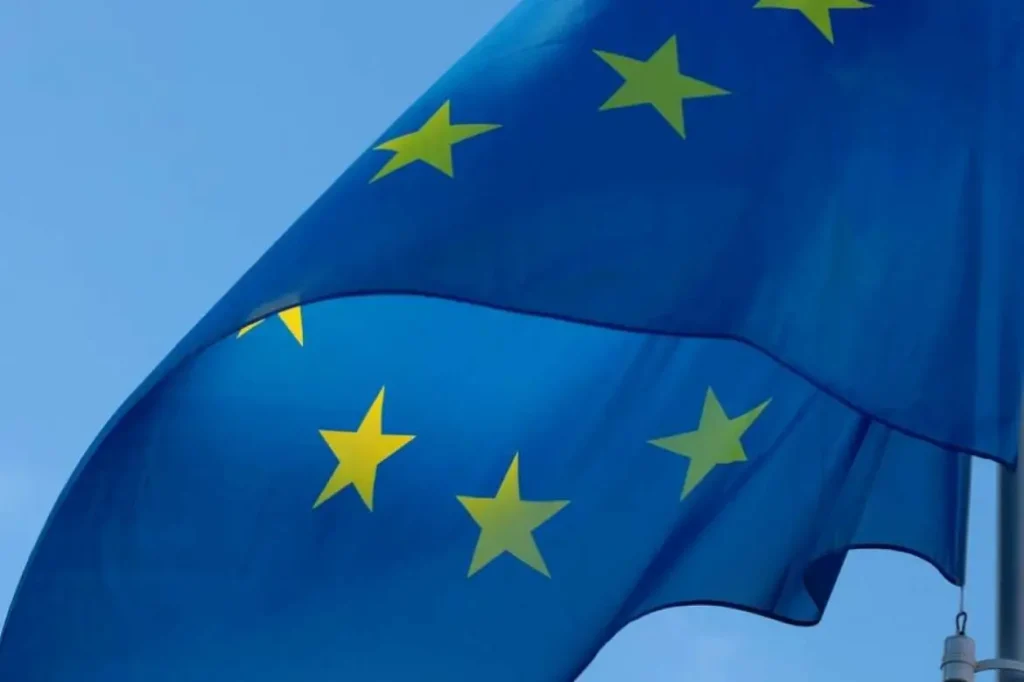
As Novac writes on the 25th of September, 2020, in addition to Croatian economic recovery, the withdrawal of money from European Union funds, including the new New Generation instrument, will have a decisive impact on budget movements, not only next year, but throughout the projected period until 2023. Will EU cash be the saviour in this crisis situation? Probably.
The total budget revenues, as stated in the guidelines for drafting the budget presented by the Minister of Finance Zdravko Maric, will amount to 147.1 billion kuna next year, which is 25 billion kuna more than this year. Compared to back in 2019, they increased by seven billion kuna. Revenues from aid are growing the most, and they’re mostly related to EU cash: they will amount to 25.1 billion kuna, 7 billion kuna more than this year, and compared to 2019, they will increase by as much as 10.3 billion kuna. Of the other revenues, the level from last year, also known as the pre-crisis year, should almost reach the revenues from the VAT, with a growth of 23.9 percent and will amount to 54.1 billion kuna, only 700 million kuna less than last year.
Mainly due to the increased withdrawal of money from EU funds and the availability of that EU cash, the Croatian Government will be able to afford an increase in expenditures of 10.4 billion kuna (7.1 percent), so it will amount to a total of 157.6 billion kuna. Expenditures for material things will grow the most, by 16.6 percent or 2.3 billion kuna, and most of this increase will be financed from EU cash. For these needs, 9.1 billion kuna will be withdrawn, 1.8 billion kuna more than this year, and it will be used for “repairing the damage caused by the Zagreb earthquake and on material expenditures in state-owned health care institutions”, as well as on other projects and activities within the Competitiveness and Cohesion Operational Programme.
Another important expense for the state budget is the compensation of revenues to local units due to the reduction of income tax. The government has earmarked 2.2 billion kuna for this purpose. A total of 33.6 billion kuna will be spent on budget aid next year, which is 6.5 billion kuna more than this year. In addition to assistance to local units, this increase includes additional allocations for contributions to the EU budget, then equalisation funds for decentralised county functions, as well as expenditures for employees, and it will increase by 377.7 million kuna when compared to 2020.
When it comes to staff expenditures, the government is clearly counting on successful negotiations with the unions. These expenditures are planned in the amount of 23.6 billion kuna, which is 1.3 billion kuna more than this year.
Expenditures for pensions, as a result of regular adjustment, will increase by 1.2 billion kuna, and social assistance funds will increase by 407.5 million kuna.
Having in mind the experience from the past few years, which shows that the withdrawal of EU cash is significantly less than planned in the end, the question arises as to how realistic it is to expect that the government will manage to achieve these rather ambitious announcements in 2021. Danijel Nestic from the Institute of Economics says that there is indeed a systemic problem in budget planning and that revenues from European Union funds are constantly overestimated.
”As these revenues are lower than planned in the end, the expenditures for which they’re planned are also reduced. This doesn’t affect the increase of the deficit, which is certainly very important for the Ministry of Finance, but the fact is that better planning is necessary in case of withdrawal of EU cash,” explained Nestic, adding that he isn’t ruling out the possibility that the planning for such things has been improved.
For the latest travel info, bookmark our main travel info article, which is updated daily.
Read the Croatian Travel Update in your language – now available in 24 languages
Join the Total Croatia Travel INFO Viber community.











